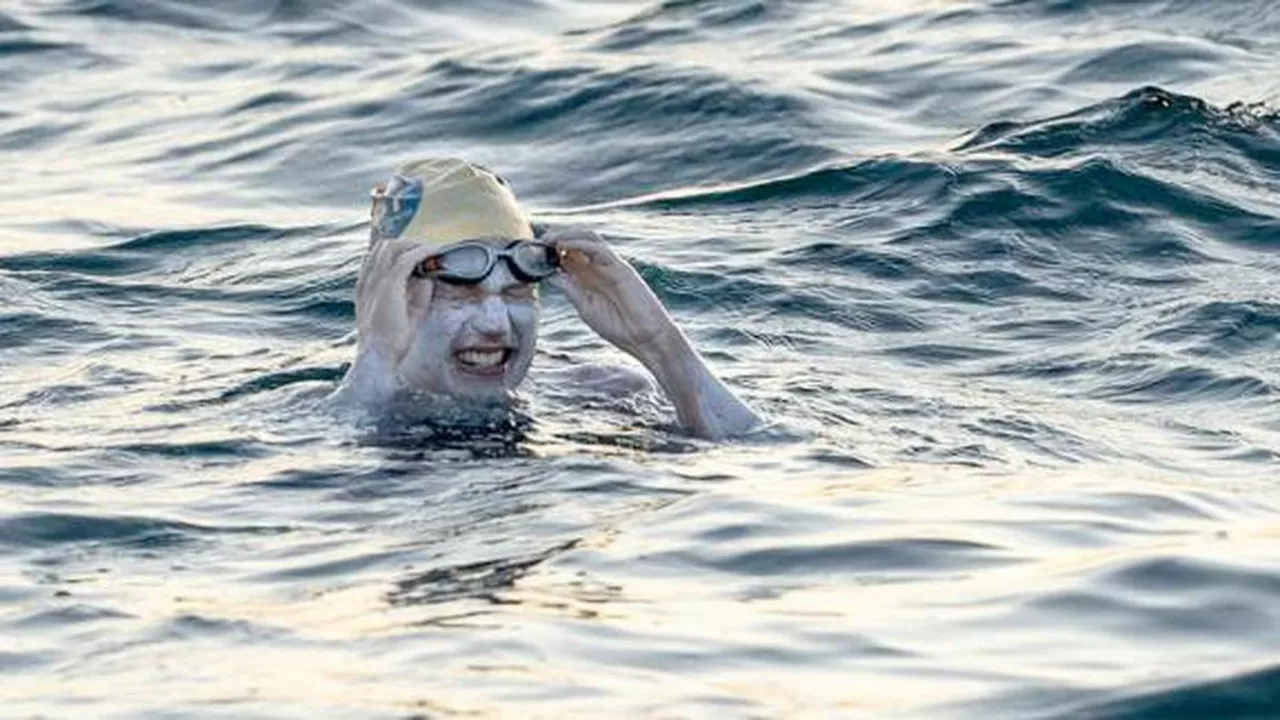English Channel Paddling Guide: What You Need to Know
Thinking about paddling across the English Channel? You’re not alone. Many kayakers and paddleboarders dream of the crossing because it’s a real challenge and a great way to test your skills. Below you’ll find straight‑forward advice that helps you move from idea to execution without getting lost in jargon.
Planning Your Route & Timing
The first step is to pick a start point. Most paddlers launch from either Dover (England) or Calais (France). Choose the side that matches your travel plans and where you can find reliable local support. Once you have a launch spot, check the tide tables. The Channel’s tides shift quickly, and a wrong tide can add several miles or force you off course.
Look for a window when the tide is flowing in the same direction as your crossing. A tide‑going‑with‑you window usually lasts 2–3 hours and gives you a natural push. Use a tide‑prediction app or the UK Hydrographic Office charts to spot the best day. Aim for a day with a moderate wind (under 10 knots) from the east or west – a headwind from the south makes the crossing brutal.
Weather is the next factor. Check a 48‑hour forecast from the Met Office or Météo‑France. Clouds are fine, but avoid rain that can reduce visibility and make the sea choppy. If the forecast looks uncertain, move your date – you’ll thank yourself later.
Gear, Safety & Training
Good gear can be the difference between a smooth trip and a risky rescue. A sea‑ready kayak or paddleboard with a sealed hull is a must. Add a buoyancy aid that meets EN 13138‑3 standards – it will keep you afloat if you capsize. Attach a waterproof dry bag for your phone, maps, and spare clothes.
Navigation tools are simple but vital. A handheld GPS with marine maps, a compass, and a whistle make it easy for anyone on shore to locate you. Carry a VHF radio if you’re solo; a quick call can alert rescue services within minutes.Training should focus on endurance, cold water tolerance, and self‑rescue drills. Paddle at least 20 km in open water before attempting the crossing, and practice righting your kayak in waves. If you haven’t swum in cold water for a while, do regular sessions in a pool at 15 °C or lower to get used to the shock.
Finally, arrange a support crew. A small boat or a coastguard liaison can follow you, carry extra water, and call for help if needed. Even experienced paddlers benefit from someone watching the horizon and keeping track of time.
When all the pieces line up – the tide, the weather, the gear, and the training – the English Channel becomes a manageable challenge rather than a mystery. Start with short practice trips, keep a log of your times and conditions, and gradually increase distance. With each outing you’ll learn how the current behaves, how your body reacts to the cold, and how to read the sky.
Ready to cross? Grab your paddle, check the tide, pack your safety kit, and set a date that fits your schedule. The Channel is waiting, and the sense of accomplishment on the other side is worth every ounce of preparation.
